Today’s goal is to reach an aircraft museum in Pueblo Colorado, but we need to cross back across the continental divide to get there.
Two hours after leaving Mesa Verde, we stopped in Pagosa Springs to fill up with gas. Looking across the street I noticed a car wash. Not just any car wash, but a Cowboy Car Wash. I’d heard rumors about wash bays with platforms for years and this is the first one we’ve ever seen.
After starting to believe Cowboy Car Washes were a myth, it was great to actually use one. The raised platforms make it easy to access the tall van with brushes and sprayers.
Pagosa Springs also had some cute craft shops.
Heading west with a clean van, it wasn’t long before we were seeing snow in the mountains.
Warning signs were up for rocks on the road.
Climbing to over 10,000 feet, there was evidence that snow had recently covered the roadway.
We crossed the continental divide for the second time this month at Wolf Creek Pass where the elevation is 10,857 feet. We made and ate lunch while watching people stop to get photos of themselves and their dogs in the snow. We seemed to be the only folks there without canines.
Big overhead signs warn of the switchbacks and steep road grade for vehicles heading west.
Dropping down the east side of the mountains we encountered our first highway snow shed. I’ve seen these on railroads, but didn’t know they were used on highways here in the US.
Tunnels help keep the grade reasonable.
Dropoffs to a mountain river reminded us of the Durango and Silverton.
Some of our references mentioned that South Fork has a tourist railroad.
The parking lot was empty, but we could wander around and look at their old equipment collection.
Eventually we found a note posted on a window stating “It is with a profound sense of sorrow that we announce the closure of the South Fork Depot and the end of operations on the Denver and Rio Grande Railroad.” It went on to say that the railroad is for sale. If you are ready to buy a railroad, the phone number is (719) 873-2003.
In addition to the small tourist engines they have full size mainline engines equipped with snowplows.
This picture gives a perspective on why we give railroad crossings great respect. There is a significant difference in the mass of these two vehicles!
Just outside of Blanca, the sky turned dark.
By 1615 we reached the Pueblo Weisbrod Aircraft Museum.
An empty, but sealed, water bottle from lunch illustrates the air pressure difference between here (4,692′) and Wolf Creek (10,857′).
The weather caught up with us here with thunderstorms and even some hail. Luckily it didn’t do any damage and moved through quickly.
The Air Museum is a Harvest Hosts* site, so we were able to spend the night after touring the museum. Admission was $8 for age 60+, $10 for other adults.
* If you are interested in joining Harvest Hosts, please click on this referral link to save 15% on your membership. We receive a small incentive.
They have forty-six historic aircraft here along with an assortment of support vehicles and history displays.
Here’s the radio set-up from a B-24 for our ham radio friends.
These kites were used to train soldiers in WWII to recognize enemy aircraft.
After the rain, the paint sparkled in the sunshine on this Lockheed SP-2H Neptune. These were one of the last variants of the P2 built for the Navy and are distinguished from earlier models by the added under-wing jet pods. They were used for submarine surveillance.
The beacon tower in the background was used in the era before radar to help planes navigate at night. A 5,000 candlepower light could be seen for ten miles. About 1500 beacons were constructed in the 1920’s by the post office and commerce department to guide aircraft carrying air mail.
Viewed from behind, this twin tailed plane has a fuselage that looks like a boxcar with only a slight nod to aerodynamics. Officially a Fairchild C-119, we later learned that the nickname actually is the Flying Boxcar!
A beautifully preserved B-29 Superfortress, Peachy, is a highlight of the museum’s collection. Beth’s dad piloted planes like this between the US and Australia in WWII.
We were able to peer into the bomb bay and see how tiny the passages were that allowed the crew to crawl from the cockpit to the gunnery positions. That little tube above Beth’s head is the passage!
More modern fighter jets were also on display in the second of two large hangers.
We were able to get inside a few of the aircraft like this Coast Guard transport plane.
The Convair HC-141 was used by the Air Force and then transferred to the Coast Guard. Back in 1959, these were the first planes used to train astronauts in zero gravity earning them the nickname “vomit comets.”
The last photo for today is of a 1941 Dodge truck made for the US Army. It’s a little more basic than the Dodge Ram Van that brought us here, but probably simpler to maintain.
Here is today’s route in case you want to find the Aircraft Museum or a good spot to wash your van.
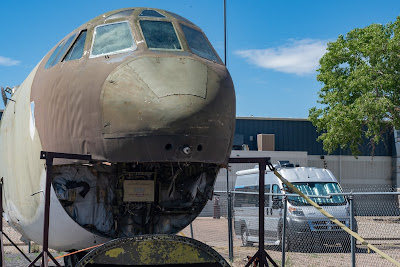
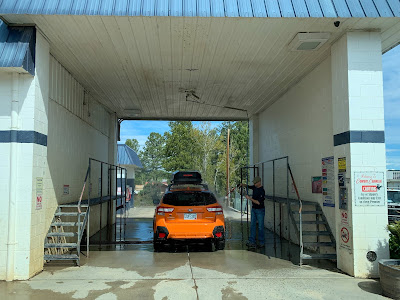
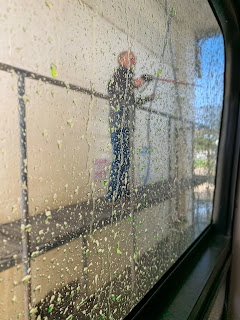
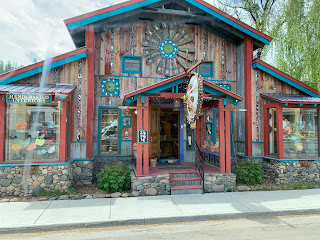
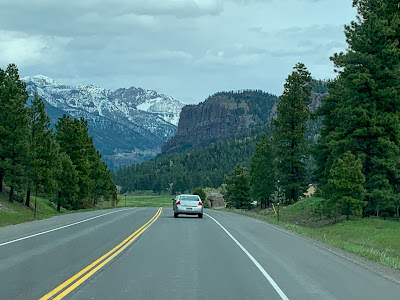
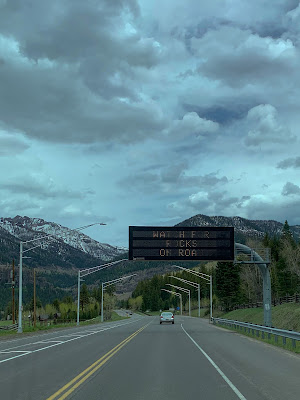
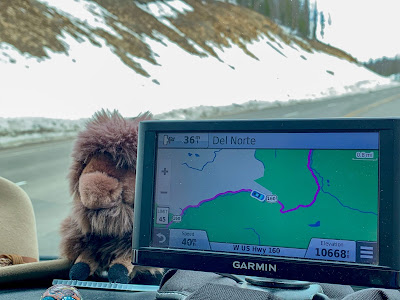
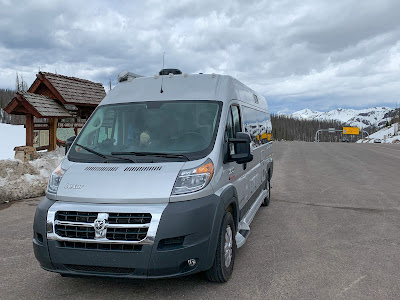
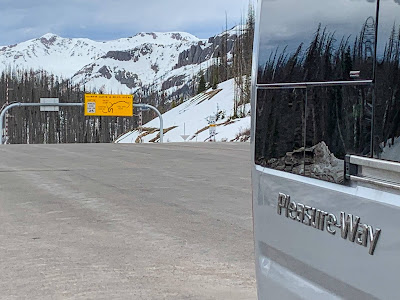

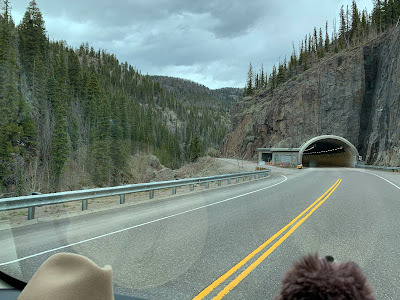
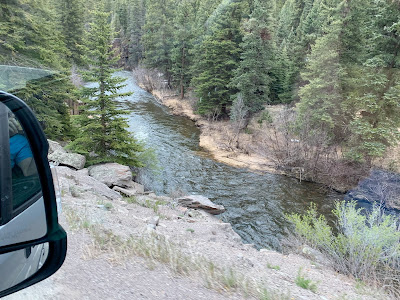
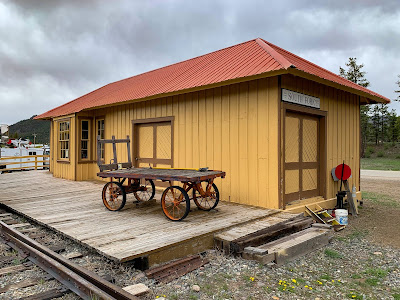
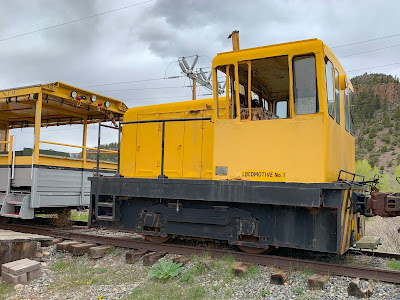
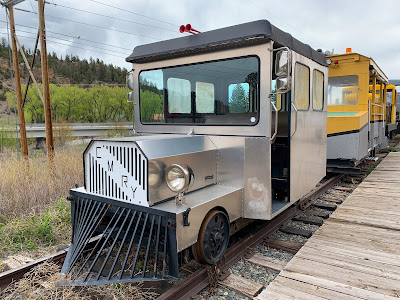
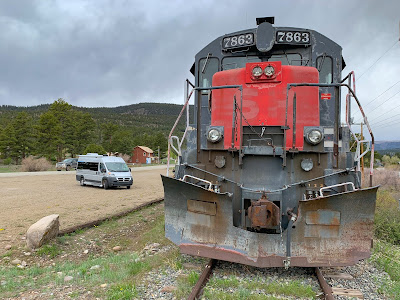
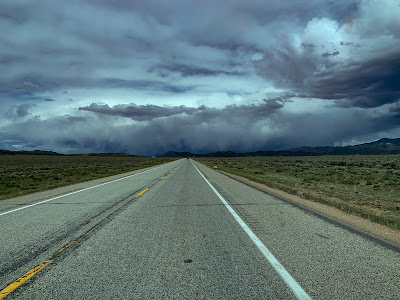
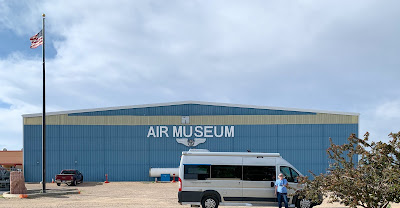
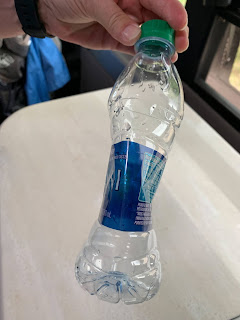
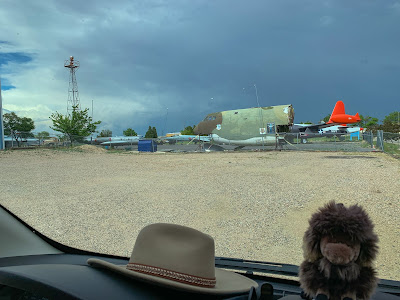
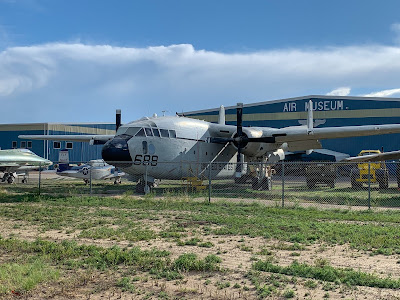
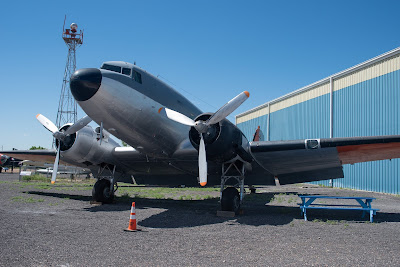
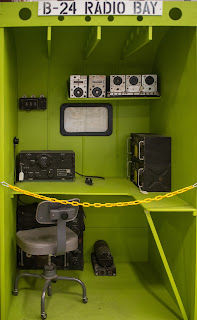
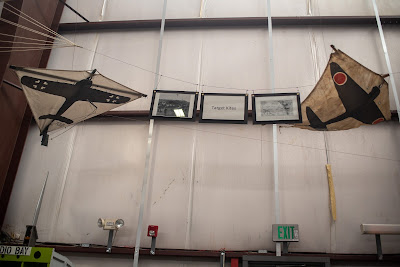

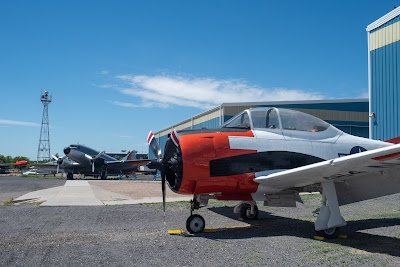
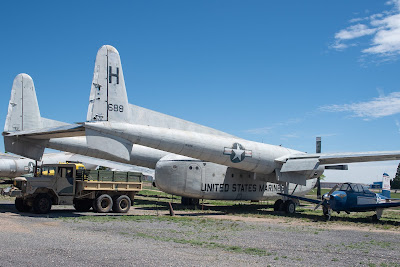

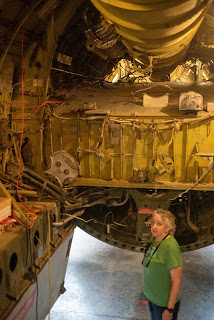
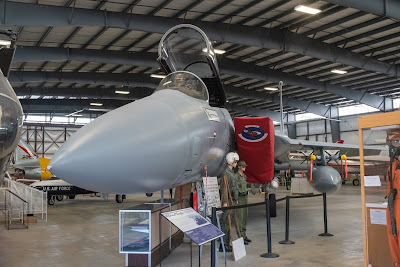
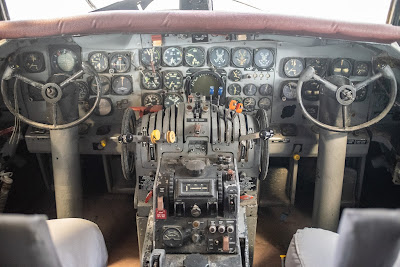
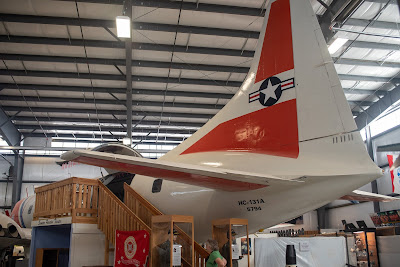
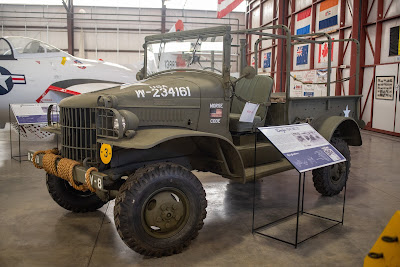
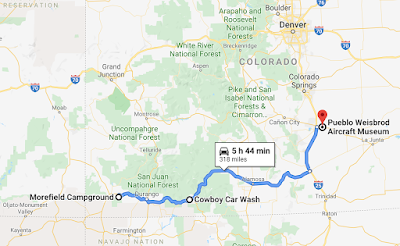
Leave a Reply